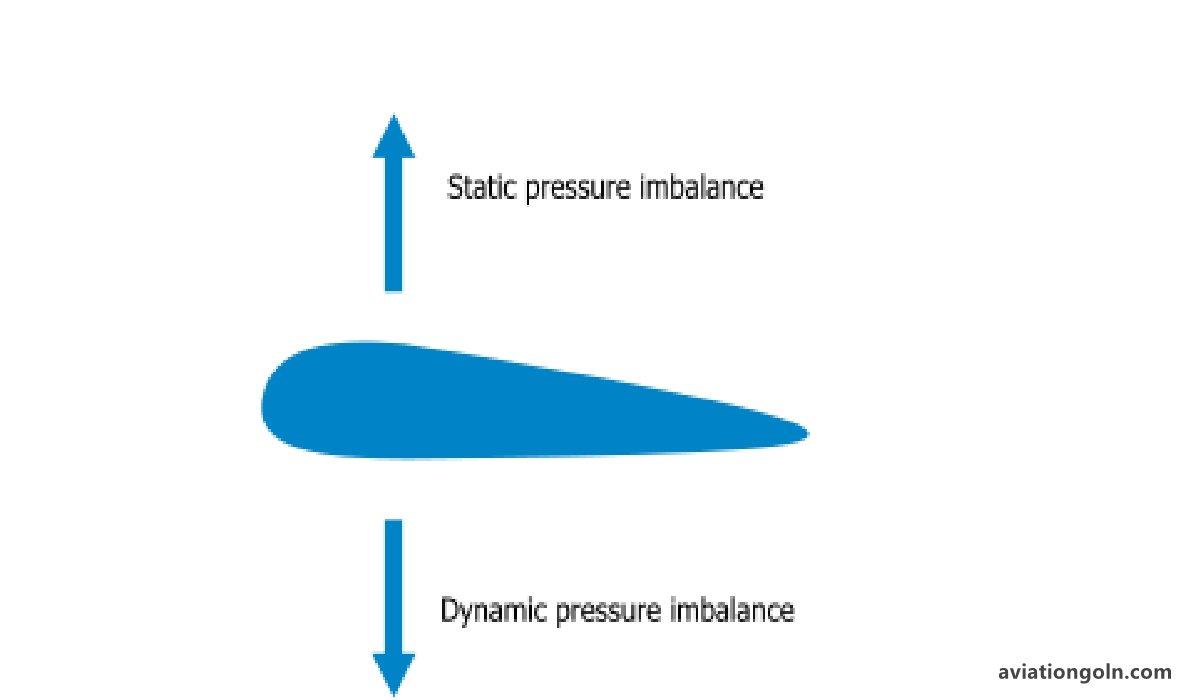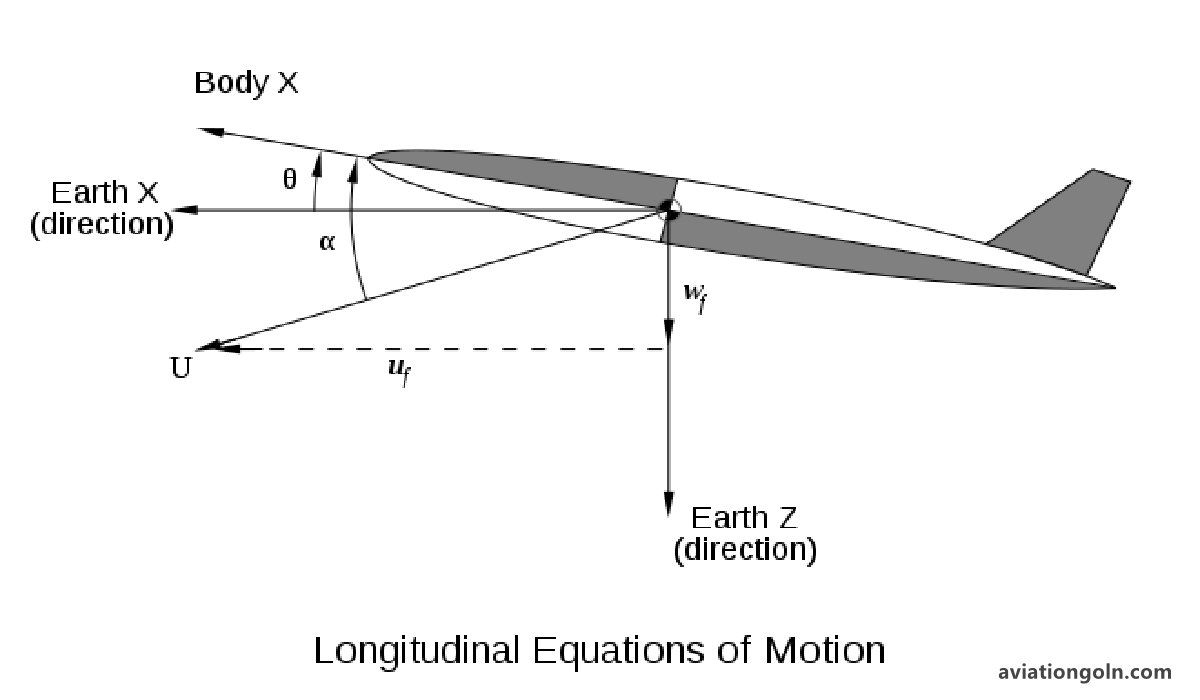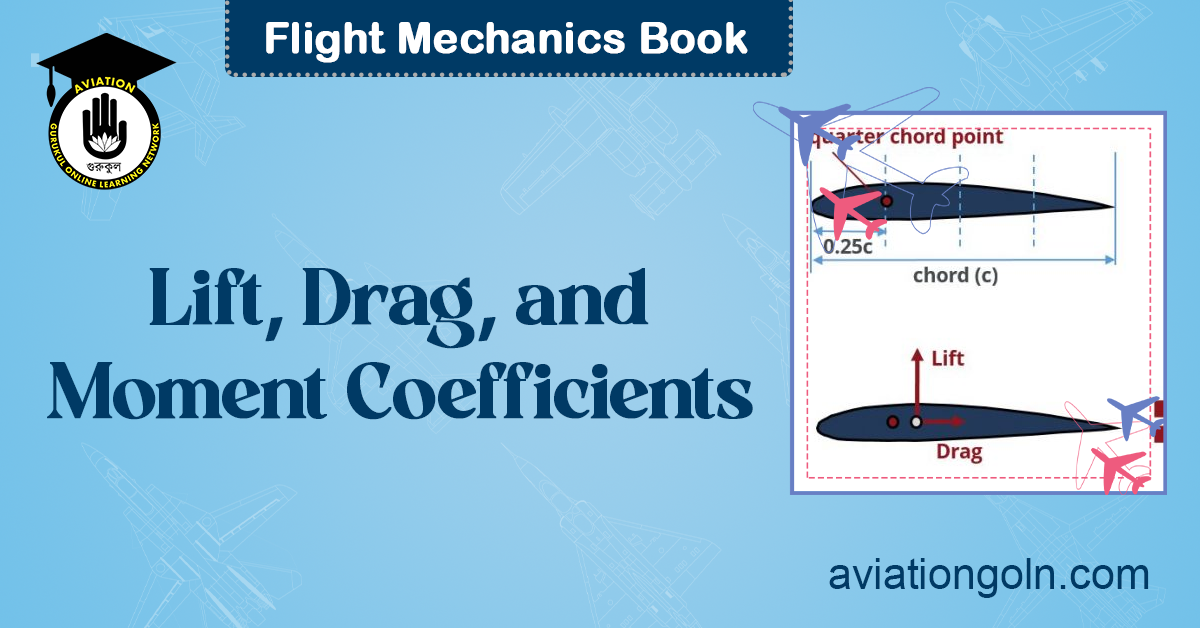Lift, Drag, and Moment Coefficients: The field of aerodynamics deals with the motion of air over objects, and understanding the forces and moments that result from this interaction is pivotal for designing and analyzing aircraft, cars, and other moving objects. Key among these forces are lift and drag, and the associated moments. The dimensionless parameters – lift, drag, and moment coefficients – are instrumental in quantifying these effects. This article delves deep into the understanding of these coefficients.
Lift, Drag, and Moment Coefficients
1. Fundamental Concepts
- Force and Moment: In aerodynamics, forces are the pushes or pulls exerted on a body due to the motion of air. Moments are the tendency of these forces to rotate the body about some point.
- Coefficient: A coefficient is a dimensionless number that represents a measure of some property or characteristic of a system. In aerodynamics, these coefficients normalize the forces and moments for easy comparison across different conditions or aircraft.

2. Lift Coefficient (Cl)
The lift coefficient represents the lift capabilities of a wing or an aircraft.
The lift coefficient represents the lift capabilities of a wing or an aircraft.
Definition:
��=�0.5��2�
Where:
-
is the lift force.

� is the air density.

� is the velocity.

� is the wing’s reference area.

Factors affecting Lift Coefficient:
- Shape of the Airfoil: Different airfoils have different lift curves, which plot the lift coefficient against the angle of attack.
- Angle of Attack: As the angle between the oncoming air and the wing’s chord line increases, so does the lift, but only up to a point. Beyond a certain angle, the lift starts to decrease rapidly, indicating a stall.
- Flaps and Slats: Deploying flaps and slats can modify the wing’s shape and increase the lift coefficient, especially during takeoff and landing.

3. Drag Coefficient (Cd)
The drag coefficient is a measure of an object’s aerodynamic smoothness.
Definition:
��=�0.5��2�
Where:
� is the drag force.

Factors affecting Drag Coefficient:
- Shape: Streamlined objects have lower drag coefficients than blunt ones.
- Surface Roughness: Rough surfaces can increase the drag by transitioning the boundary layer from laminar to turbulent.
- Reynolds Number: It’s a measure of the ratio of inertial forces to viscous forces and describes the fluid flow regime. It can affect the drag coefficient, especially for small objects or low speeds.
- Mach Number: At transonic and supersonic speeds, wave drag becomes significant, and the drag coefficient can vary with the square of the Mach number.

4. Moment Coefficient (Cm)
The moment coefficient is especially crucial for understanding an aircraft’s stability.
Definition:
��=�0.5��2��
Where:
� is the moment.
� is the mean aerodynamic chord of the wing.
Factors affecting Moment Coefficient:
- Location of Center of Pressure: As the angle of attack changes, the location where the aerodynamic forces act (center of pressure) can move, causing moments.
- Aircraft Configuration: Deploying landing gear or flaps can change the aircraft’s moment coefficient.

5. Importance of Aerodynamic Coefficients
Streamlining Design: By understanding the aerodynamic coefficients, engineers can optimize designs for maximum performance, whether that means maximizing lift, minimizing drag, or achieving a desired moment.
Predicting Performance: These coefficients allow predictions of how an aircraft will perform under different conditions. For instance, pilots can anticipate the aircraft’s stall speed based on its lift coefficient.
Scaling: The dimensionless nature of these coefficients means that data from wind tunnel tests on scale models can be applied to real-world designs.

6. Changing Coefficients in Flight
Aircraft often need to change their aerodynamic performance in flight. For instance, during takeoff, high lift is needed, but at cruising, it’s more about efficiency. This adaptability is achieved by changing the aerodynamic coefficients in flight.
- Control Surfaces: Movements of ailerons, rudders, and elevators change the lift and moment coefficients.
- Deployable Devices: Devices like flaps, slats, and spoilers can drastically change lift and drag coefficients.

7. Beyond Aircraft
Though aerodynamic coefficients are most commonly associated with aircraft, they’re essential in many other areas:
- Automobiles: Car designers use these coefficients to design vehicles that have low drag (for fuel efficiency) and appropriate lift (for stability).
- Sports: Cyclists, skiers, and even swimmers can benefit from understanding drag coefficients to optimize their performance.

The coefficients of lift, drag, and moment provide a comprehensive view of an object’s aerodynamic performance. They’re essential tools in the designer’s toolkit, allowing for predictions, optimizations, and innovations in the vast field of aerodynamics. Understanding these coefficients is not just about flying faster or higher but about doing so efficiently, safely, and effectively.
